Southeast Asia is one of the most satisfying regions on earth to discover by motorcycle, with everything from foggy mountain passes to seaside roads that hug untouched beaches. The freedom of experiencing this culturally rich and geographically diverse terrain on two wheels gives rise to moments that cannot be replicated by traditional travel.
A motorcycle journey through these countries has a way of connecting you to local people and places in real, tangible ways, from city hubs to remote villages. Below is a list of 20 essential tips, routes, and preparations for your Southeast Asian motorcycle adventure.
Choose the Right Machine
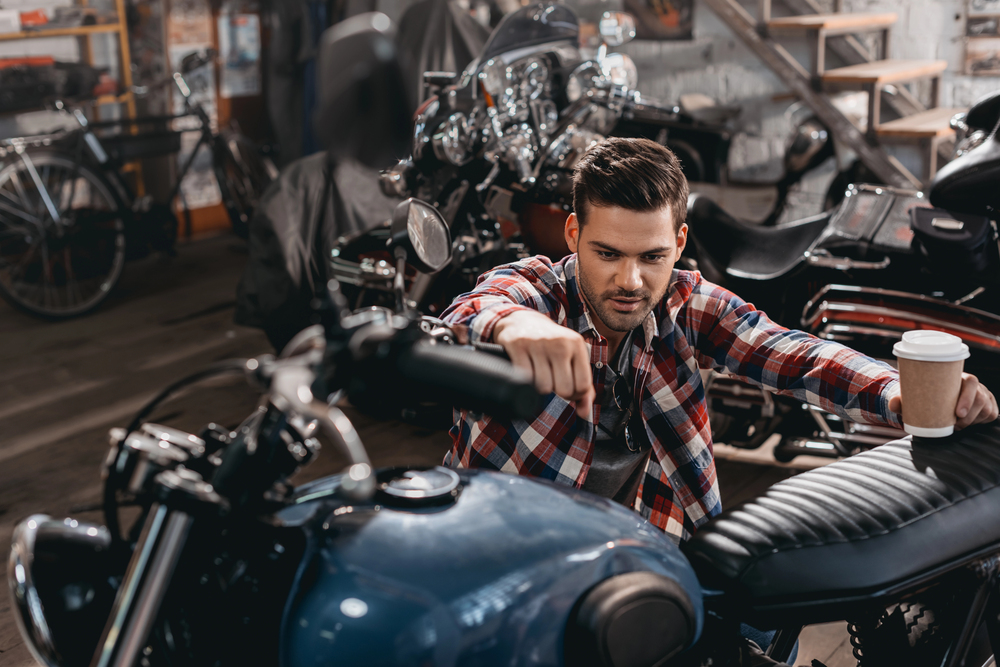
Not all motorcycles are created equal for long-distance Southeast Asian adventures—mid-sized bikes between 250–400cc offer the ideal balance of power, fuel efficiency, and maneuverability. Honda’s XR series and Kawasaki’s KLX models have proven particularly reliable on the region’s varied terrain.
The ability to handle both paved highways and unexpected dirt roads should guide your selection rather than pure engine power or aesthetic appeal.
Essential Documentation Package

Creating a comprehensive documentation package will save countless headaches at border crossings. This includes your international driver’s permit, vehicle registration (in your name), proof of insurance, and multiple photocopies of your passport.
Thailand and Malaysia generally offer the smoothest border processes, while Myanmar’s crossings often require prearranged permits. Research each country’s specific vehicle import requirements months before your journey to avoid unexpected roadblocks.
Like Travel Pug’s content? Follow us on MSN.
Border Crossing Strategies

Plan to reach the borders early in the morning when officials are fresh, and queues are shorter. Having small denominations of USD can facilitate the process at crossings where ‘unofficial fees’ might be requested.
Cambodia and Laos occasionally require temporary import permits for motorcycles that can take several hours to process. Learning key phrases like ‘temporary import’ and ‘transit permit’ in local languages demonstrates preparedness that border officials often appreciate.
The Northern Thailand Loop

This iconic route through Thailand’s mountainous north covers approximately 600 miles between Chiang Mai, Pai, Mae Hong Son, and Mae Sariang. The road features over 1,800 curves through misty mountains, hill tribe villages, and ancient temples.
The best riding season runs from November to February when temperatures are moderate and rainfall is minimal. The rural guesthouses along this route offer authentic northern Thai hospitality that larger tourist centers cannot provide.
The Ho Chi Minh Trail Network
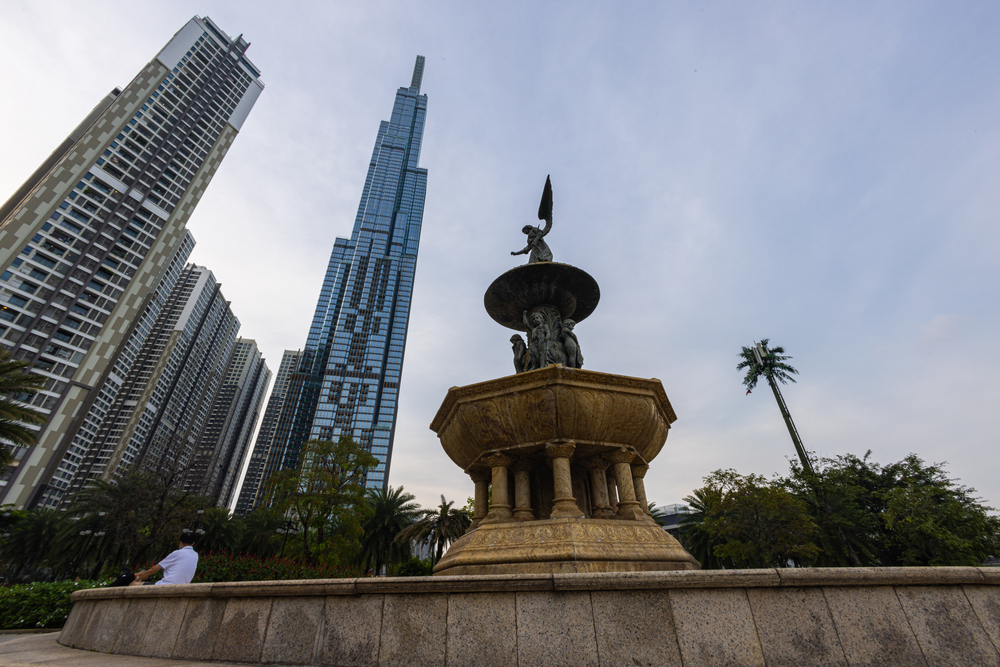
Once a vital supply route during the Vietnam War, this network of paths through Vietnam, Laos, and Cambodia now offers adventurous riders remote exploration opportunities. The western branches of Laos feature particularly spectacular mountain scenery and traditional villages rarely visited by tourists.
The eastern routes through Vietnam connect significant historical sites while passing through breathtaking limestone karst landscapes.
Like Travel Pug’s content? Follow us on MSN.
Laos’ Thakhek Loop
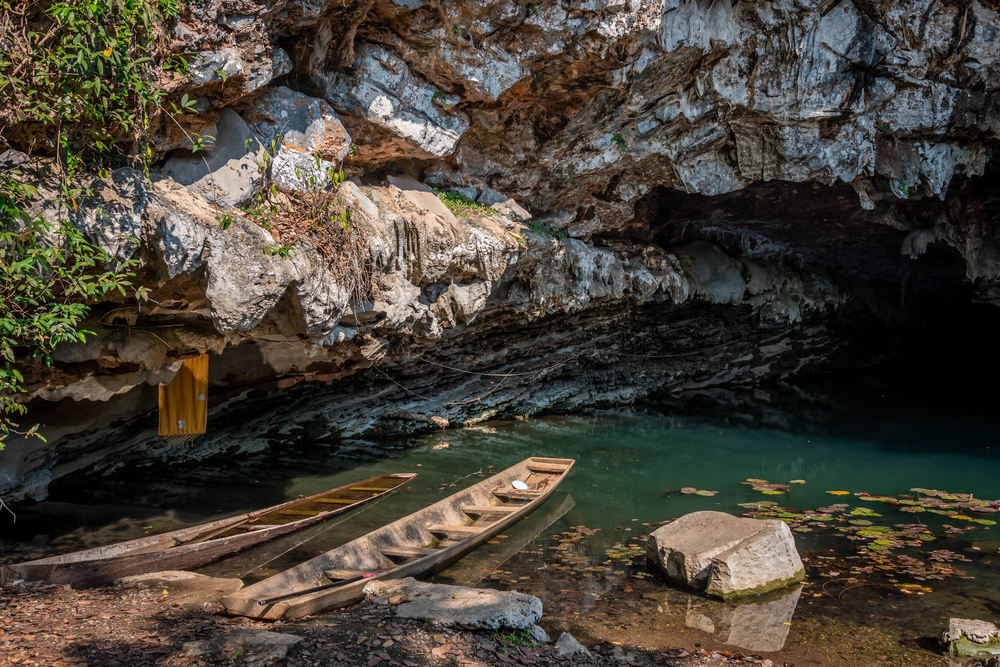
This 280-mile circuit through central Laos takes riders through some of Southeast Asia’s most dramatic limestone formations and cave systems. The small town of Thakhek serves as both the starting and ending point for this three to four-day journey.
The route passes through remote villages where traditional lifestyles remain largely unchanged by modern influences. The section near Kong Lor Cave offers particularly stunning vistas of vertical karst cliffs rising from emerald rice paddies.
Cambodia’s Temple Circuit

Beyond the famous Angkor complex lies a network of ancient temples accessible primarily by motorcycle. The northern route connecting Preah Vihear, Koh Ker, and Beng Mealea temples covers approximately 200 miles of varying road conditions.
The journey provides access to archaeological sites with far fewer visitors than Angkor Wat. Morning departures are essential as many secondary roads become difficult to navigate after dark.
Essential Packing Strategy

Packing light yet comprehensive requires strategic planning. Quick-dry clothing, a quality rain suit, basic tools, first aid supplies, and waterproof bags for electronics constitute the bare minimum.
Carrying spare clutch and throttle cables can save your journey when replacement parts are days away. Limiting your luggage to what can be comfortably carried on your person helps maintain balance and maneuverability in challenging road conditions.
Like Travel Pug’s content? Follow us on MSN.
Cash Management System

Developing a robust cash management system addresses the reality that many areas accept only local currency cash payments. Dividing money between a tank bag and hidden compartments on your person reduces risk.
ATMs become increasingly scarce in rural regions, particularly in Laos and parts of Cambodia. Maintaining at least three days’ worth of emergency funds in USD provides a universal backup accepted informally throughout the region.
Vietnam’s Hai Van Pass
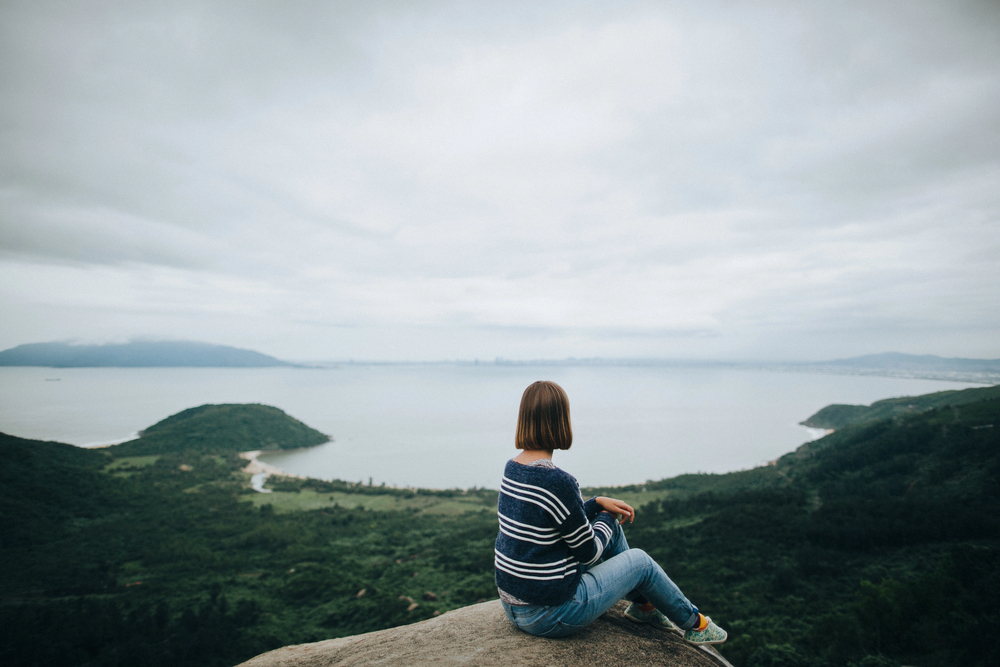
Made famous by television shows, this coastal mountain pass between Hue and Da Nang offers approximately 13 miles of perfectly curved roads and panoramic ocean views. The pass rises nearly 1,600 feet above sea level, creating distinct weather systems on each side.
The northern approach often features atmospheric mist, while the southern descent offers clear views across Da Nang Bay. Early morning rides avoid tourist buses that frequent the pass during midday hours.
Weather Considerations and Timing

The optimal window for a cross-region motorcycle journey falls between November and February, when most countries experience their dry season. Northern regions experience cool mountain temperatures requiring light layers, while southern areas remain tropical.
Monsoon seasons vary by country but generally peak between June and September, turning dirt roads into challenging mud tracks. Weather patterns can vary dramatically across different elevations, even within a single day’s ride.
Like Travel Pug’s content? Follow us on MSN.
Navigation Technologies and Backups
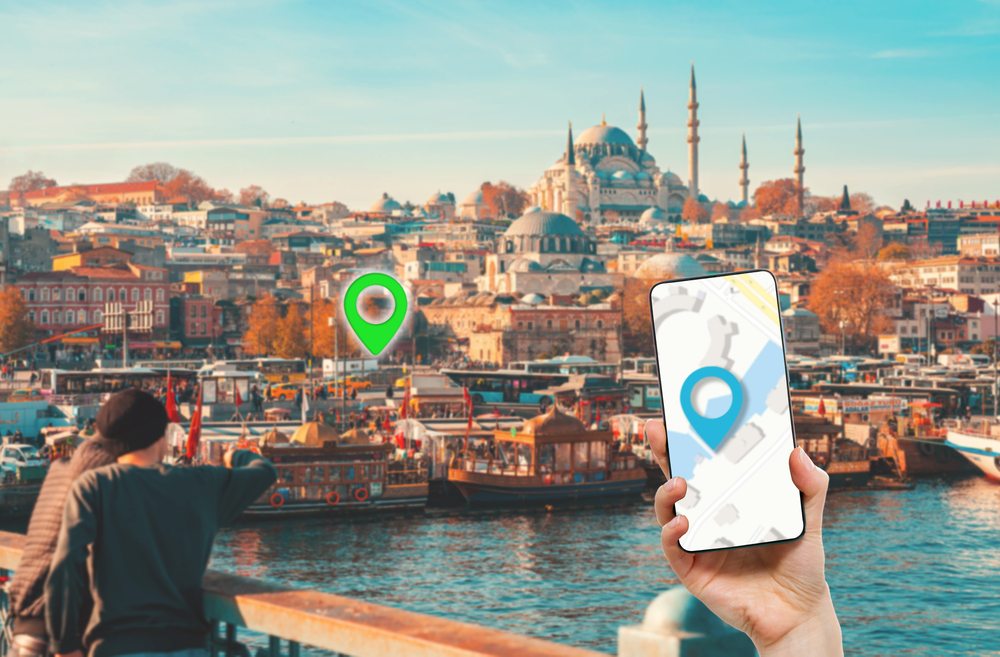
Relying solely on digital navigation invites disaster in regions with spotty connectivity. Offline GPS apps like Maps.me should be supplemented with physical maps and a magnetic compass. Developing the habit of downloading regional maps before crossing borders provides insurance against unexpected coverage gaps.
The ability to navigate by landmark and sun position serves as an essential skill when technology inevitably fails in remote areas.
Malaysia’s East Coast
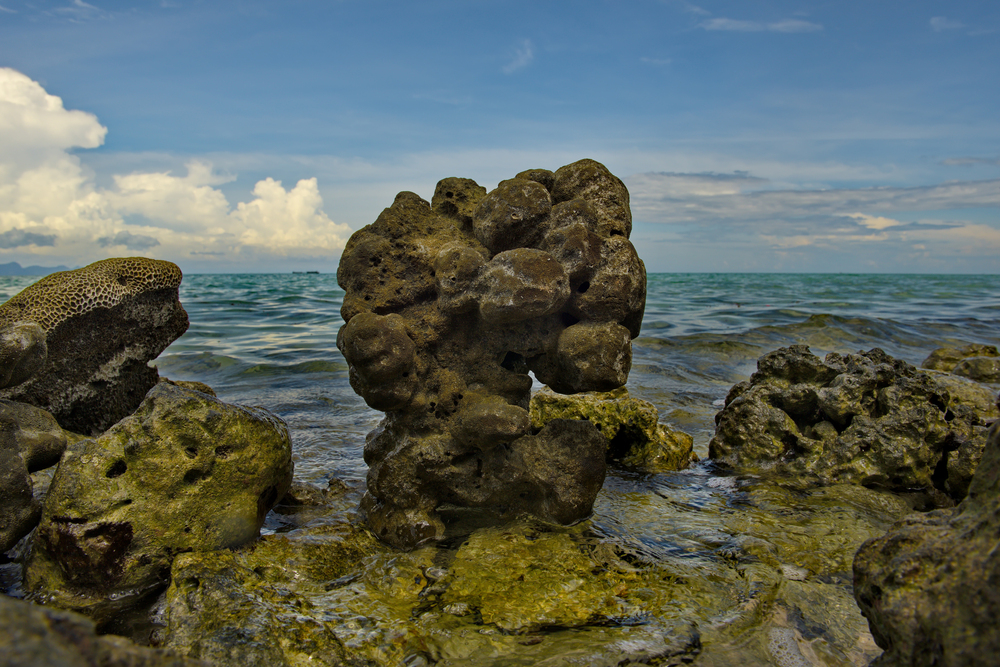
The road connecting Kota Bharu to Kuantan along Malaysia’s eastern shoreline offers approximately 300 miles of pristine coastal riding. This less-traveled route features traditional fishing villages, untouched beaches, and authentic food experiences absent from the more developed western coast.
The predominantly Muslim region provides unique cultural insights into a different aspect of Malaysian society. The journey works best from January to April when the Northeast monsoon influences have subsided.
Language Essentials

Learning basic motorcycle-related phrases in Thai, Vietnamese, Khmer, and Lao demonstrates respect while facilitating crucial interactions. Priority expressions should include terms for fuel, mechanical problems, directions, and accommodations.
Keeping a notebook with key translated phrases provides backup when pronunciation fails. Local mechanics and fellow riders respond notably more helpfully to travelers who attempt communication in the regional language, regardless of proficiency level.
Like Travel Pug’s content? Follow us on MSN.
Maintenance Schedule and Skills

Establishing a preventive maintenance routine prevents breakdowns in remote areas. Basic skills like chain adjustment, oil changes, and spark plug replacement become invaluable when professional mechanics may be hundreds of miles away.
Carrying essential tools and learning to improvise repairs using locally available materials adds a crucial layer of self-sufficiency. Performing thorough checks every three to five days helps identify emerging issues before they become journey-ending problems.
Medical Preparations and Insurance

Comprehensive travel insurance with motorcycle coverage and emergency evacuation provisions serves as your most important investment. Carrying a well-stocked medical kit, including antibiotics, anti-diarrheal medication, and wound care supplies, addresses immediate needs in remote areas.
Researching major hospitals along your route provides peace of mind should serious medical situations arise. International vaccination cards should remain accessible as they may be requested at certain border crossings.
Vietnam’s Northeast Loop

This challenging circuit, beginning in Hanoi, traverses approximately 800 miles through Vietnam’s remote northern provinces bordering China. The Ha Giang section features dramatic limestone formations and terraced rice fields cultivated by numerous ethnic minority groups.
Road conditions range from excellent to extremely challenging, particularly during and after rainstorms. The route’s remoteness offers profound cultural immersion opportunities in areas where traditional lifestyles remain intact and tourism infrastructure is minimal.
Like Travel Pug’s content? Follow us on MSN.
Myanmar’s Mandalay to Bagan Route

For those able to navigate Myanmar’s complex motorcycle entry requirements, the 110-mile journey between Mandalay and Bagan follows the Irrawaddy River through the country’s cultural heartland. The route passes numerous villages where traditional crafts like bronze casting, wood carving, and textile production continue using centuries-old techniques.
The road conditions have improved significantly in recent years, though fuel quality remains inconsistent outside major centers.
Technology and Communication Planning

Creating redundant communication capabilities addresses the inevitability of remote travel without cell service. Offline communication apps, portable power banks, and waterproof device cases constitute basic preparedness.
Establishing regular check-in protocols with contacts at home provides a safety net should situations require outside assistance. Carrying a satellite messenger device offers emergency communication options in the most isolated regions where no cellular infrastructure exists.
Cultural Sensitivity on the Road
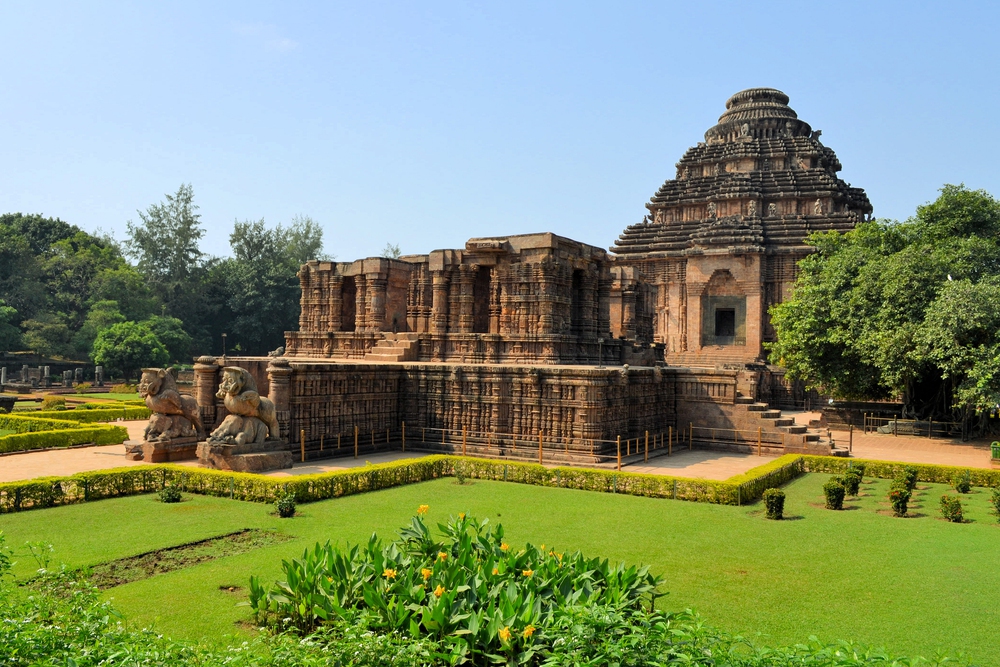
Understanding and respecting local customs significantly enhances your journey quality and safety. Removing shoes before entering homes and religious sites, dressing modestly despite the heat, and learning appropriate greeting gestures demonstrate basic respect.
Rural areas throughout the region maintain more conservative traditions than tourist centers. Approaching temples, roadside shrines, and religious processions with appropriate reverence prevents unintentional offense while enriching your cultural understanding.
Like Travel Pug’s content? Follow us on MSN.
Wheels Across Borders
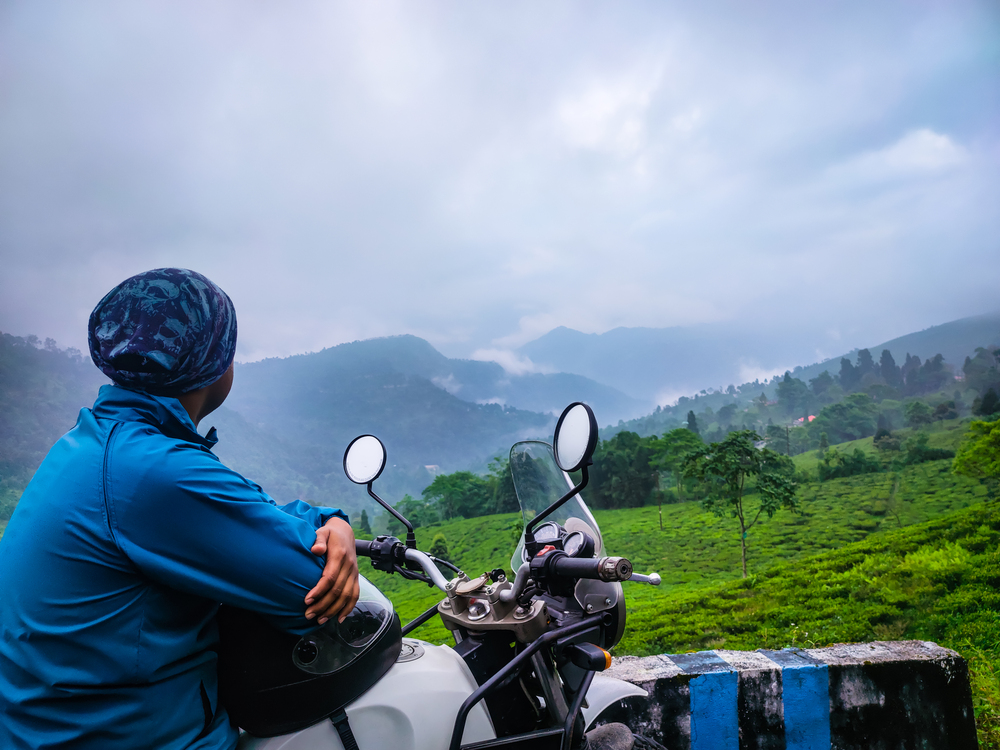
Southeast Asia’s motorcycling tour possibilities extend far beyond popular tourist routes or television shows. The adventure begins when the asphalt roads end, and Google Maps shows white spaces.
These territories, connected by land but divided by culture, offer motorcyclists a continually unfolding tapestry of experience unobtainable by conventional modes of transportation.
More from Travel Pug

- Cities Growing so Fast You Won’t Recognize Them in 10 Years
- 13 Destinations Where Tourists Regularly Regret Their Trip
- 20 Obscure WWII Sites Even History Buffs Don’t Know About
- 10 Under-the-Radar Mountain Towns That Are Both Affordable and Beautiful
- 20 Abandoned Places That Feel Like Real-Life Post-Apocalyptic Movie Sets
Like Travel Pug’s content? Follow us on MSN.
